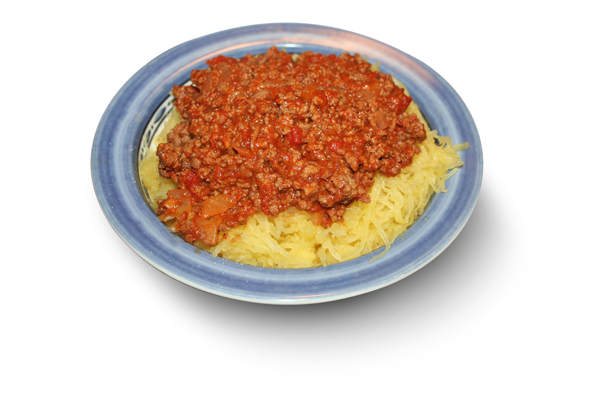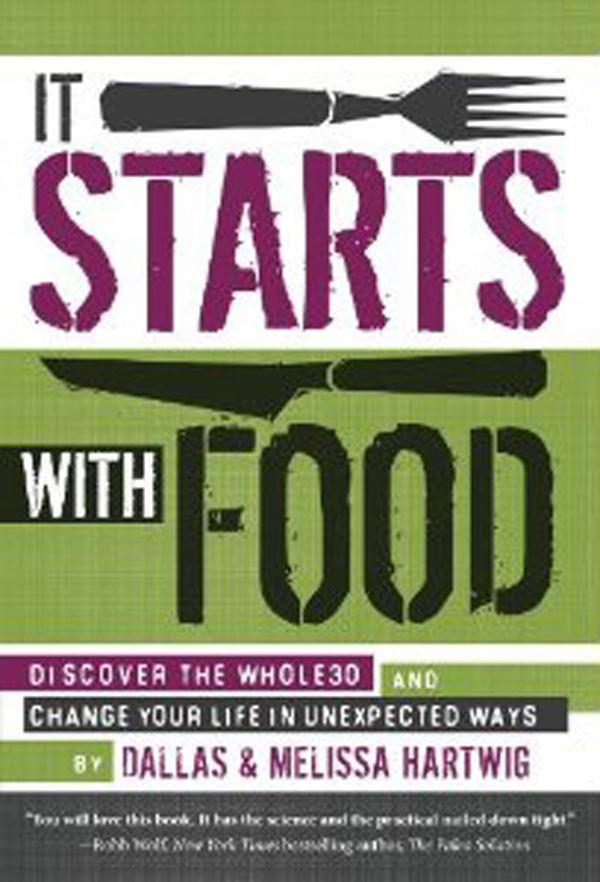
It was sophomore year of college when, after years of cramping, bloating, denial and doctor visits, I finally recognized that I had a problem. In an attempt to ease my intestinal ailments, I turned to the Whole30 cleanse. This is my experience.
The diagnosis: severe lactose intolerance, an unfortunate reality for a cheese connoisseur like myself, and irritable bowel syndrome (IBS). I knew to cut down my dairy intake, but besides that, I was on my own; the doc said, “Figure out what foods hurt your stomach and don’t eat them.” Easier said than done.
Whole30
All throughout college, I kept several packets of Lactaid pills in my purse (which, when taken with dairy products, are supposed to lessen the adverse effects of lactose intolerance by adding lactase to the digestive tract) just in case I came across a big, cheesy slice of pizza I couldn’t turn down—which happened often. Because I kept bombarding my stomach with foods it couldn’t process correctly, it was in a constant state of turmoil.
After college, it hit me that this wasn’t healthy behavior, and without cutting out dairy, how was I ever supposed to figure out what the other IBS triggers were? I first came across the Whole30 in August 2012, and it boasted words like “more energy,” “better skin,” “no dairy” and “no stomach inflammation.” I was intrigued and decided to give it a try.
30 Days & 30 Nights
The entire plan is free online (whole9life.com), but here’s the gist of it.
Eat:
Meat, seafood, eggs, tons of vegetables, some fruit and good fats from fruits, oils (coconut, olive or clarified butter), nuts and seeds
Off-limits:
Added sugar of any kind, real or artificial
Alcohol and tobacco products
Grains
Legumes
Dairy, with the exception of clarified butter or ghee
Carrageenan, MSG or sulfites
White potatoes
For 30 days, I would adhere to this strict eating plan with the hopes of pinpointing the sources of my gastrointestinal distress.
Let the Games Begin
Week 1
The reading materials warned me about the “sugar hangover,” but I didn’t expect it to hit me as hard as it did. I had very little energy, I got a bad cold and my skin was inexplicably dry. At the end of this week, I had a very vivid dream where I ate a McDonald’s cheeseburger and I woke up feeling extremely guilty.
Week 2
I was still feeling a little sick, but I also noticed myself falling asleep faster and waking up less groggy than usual. My cravings were pretty intense during this week, however, and there were temptations everywhere I went, everywhere. My stomach was feeling a lot better, though, and I remained full for longer periods of time after eating. Confession: I put lactose-free cheese (which still contains dairy) on a bun-less burger in a moment of weakness during this week. This was how I learned that it’s not just lactose that wreaks havoc on my insides, but all dairy products in general. Lesson learned.
Week 3
I was feeling good. My meals were becoming tastier and quicker to cook as I got the hang of it. My skin had really evened out and was looking flawless (not too dry, not too greasy and not a blemish to be found). I was sleeping well and my stomach was less bloated than it had been in months. My energy seemed to be level throughout the day—no highs and lows like it usually was—and I started running again. I’ve been running for about seven years now, but while training for my third half marathon about a year prior to this experiment, I developed tendinitis in my left knee. After about six months of taking it easy, it still bothered me occasionally while running. During week three, I upped my mileage and noticed I was running faster and without pain, which came as a surprise since I’d always thought that a carb-heavy diet was ideal for long-distance runners.
Week 4
The Whole30 materials mentioned that eating the recommended foods could help ease unexpected side effects, such as inflammation in knees and elbows, as well as symptoms from diabetes, migraines, sinus headaches and more. I was skeptical at first, but by week four, I noticed a significant improvement with my sinus issues (which I assumed were allergy related) in addition to improved running performance.
Lessons Learned
After reintroducing “less healthy” foods into my diet, I realized that eating real, unprocessed food that truly made me healthier retrained my brain to know the difference between hunger, cravings and just being bored/stressed/thirsty. I certainly do not have perfect eating habits now, and the sugar cravings still come and go, but I now know that when I choose to eat that doughnut, it’s going to make me feel tired, bloated and even more hungry than I was before I ate it. In addition to getting insight into my inflammation triggers (gluten, sugar, beans and all forms of dairy), I lost about four pounds and the before and after photos showed a noticeable difference in body composition. I certainly indulge in unhealthy foods still, but now I have a much better understanding of where my stomach pains are coming from.

Whole30-Approved Spaghetti
1 spaghetti squash
1 package grass-fed ground beef
1 medium white onion
1 jar spaghetti sauce with no added sugar
1 tablespoon olive oil
1 teaspoon garlic powder
1 teaspoon onion powder
Salt and pepper to taste
Preheat oven to 350°F, then chop up the onion and cut the spaghetti squash in half lengthwise. Scoop the seeds out of the squash, coat with olive oil and place flesh-down on an aluminum foil-wrapped baking sheet; bake for 30 minutes. While the squash is baking, brown the beef in a medium-size skillet over medium-high heat and add salt, pepper, onion and garlic powder. Once the meat is fully cooked, add spaghetti sauce and chopped onion. Turn heat down and cover skillet. Remove spaghetti squash from oven, allow it to cool and then use a fork to rake the flesh, scooping the pasta-like strands into bowls. Top with spaghetti sauce and enjoy!
Added Incentive
You can receive daily emails to keep you on track for 30 days for $14 and an in-depth explanation of why certain foods are off-limits. The method behind the madness can be explored in the book It Starts with Food.

Not All Meats Are Created Equal
The Whole30 highly suggests only consuming meat, eggs and fish that are grass-fed, free-range or wild-caught to avoid added hormones and potentially dangerous toxins.
MacKensie is a 23-year-old University of Florida journalism graduate and lifestyle blogger. To read more about her adventures in cooking, health and fitness, visit her blog at mackensieg.blogspot.com.






